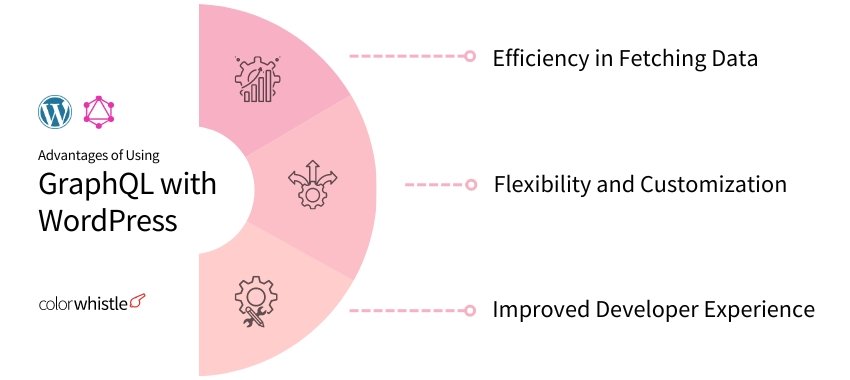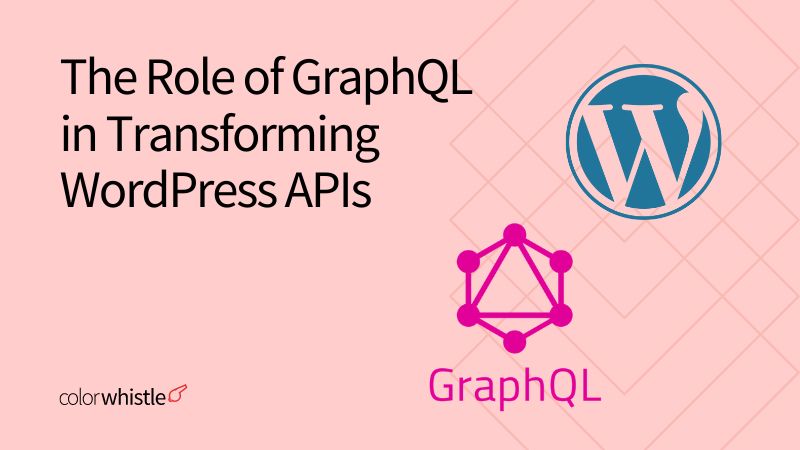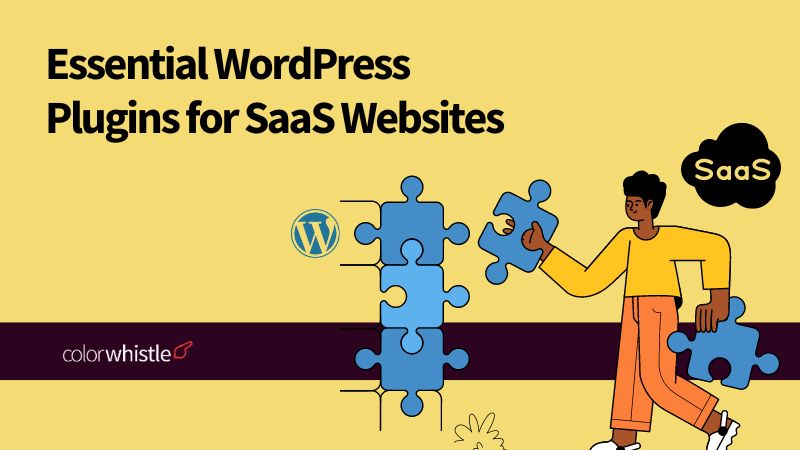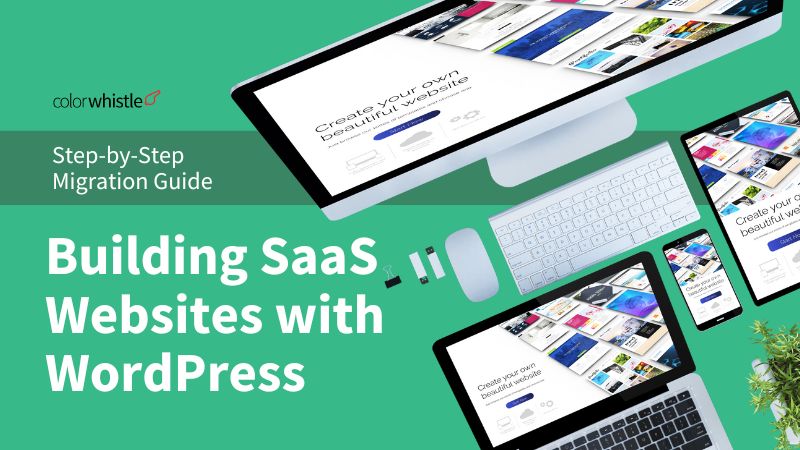Regarding website development, the efficiency, and flexibility of APIs significantly impact the overall performance and user experience of web applications. WordPress, a dominant content management system (CMS), has traditionally relied on REST APIs for data retrieval and manipulation. However, as the need for more dynamic and efficient data handling grows, GraphQL has emerged as a transformative solution. This blog explores how GraphQL revolutionizes WordPress APIs, benefits website development companies, and enhances WordPress development services.
Understanding GraphQL
GraphQL, developed by Facebook, is a powerful query language for APIs and a runtime for fulfilling those queries with your existing data. Unlike REST APIs, where each endpoint returns a fixed data structure. GraphQL allows clients to specify exactly what data they require. This flexibility makes GraphQL a game-changer in API development services.
Key Concepts of GraphQL
- Queries — Used to request specific data. Clients define the expected response’s structure, making data fetching precise and efficient.
- Mutations — Allow clients to modify server-side data. This includes creating, updating, and deleting operations, similar to POST, PUT, and DELETE in REST APIs.
- Subscriptions — Enable real-time updates. Clients can subscribe to certain events and receive updates when the server-side data changes.
Integration of GraphQL with WordPress
The default REST API from WordPress is good for developers, yet there are some limitations on flexibility and performance. Once a website development company integrates WordPress with GraphQL, it opens up possibilities to a level that will be hard to limit. A service provider that builds APIs using GraphQL can support any number of clients’ needs with greater efficiency and adaptability.
Advantages of Using GraphQL with WordPress

- GraphQL can fetch many related resources in one request, sometimes reducing four or five requests to just one.
- This efficiency improves load times for any site, particularly those with complex data structures, like e-commerce and content-heavy portals.
- Clients can describe the structure of their response with GraphQL, ensuring only the necessary data is fetched.
- This reduces data transferred over the network, enhancing both performance and user experience.
- Developers can independently fetch the data they require without relying on backend engineers.
- This autonomy accelerates development speed and improves collaboration between front-end and back-end developers.
Also Read
Benefits of using GraphQL with WordPress
The integration of GraphQL into the services of WordPress development not only gives it an upper hand but is highly beneficial over traditional REST APIs, especially for custom API development services.
Increased efficiency and performance
GraphQL minimizes the number of requests sent to the server by consolidating multiple data fetches into a single query. Reducing network requests leads to faster response times and improved overall performance. For example, an e-commerce site can fetch product details, reviews, and related items in a single request, enhancing the browsing experience.
To make the client-side requirements have tailored queries with perfection, developers can use GraphQL. It is a flexible way to integrate dynamic content and new user experiences that are truly personalized. For example, a news website will be able to pull just headlines and descriptions when getting a list view and later retrieve full articles upon clicking on a headline, hence making this function optimal in performance and user experience.
Challenges and Considerations of Merging GraphQL with WordPress
Although GraphQL indeed comes with many advantages, using it with WordPress has also posed a couple of challenges and considerations.
- Developers acquainted with REST APIs will learn much to do before they become effective at GraphQL. The way queries, mutations, and subscriptions are made in GraphQL holds their nuances and subtleties.
- It is essential that when GraphQL endpoints are exposed, the validation and authorization mechanisms are vital to prevent unauthorized access, which could lead to a data breach. There remains a severe need for proper security measures like rate limiting, query complexity analysis, and authentication to safeguard the API.
- The challenge arises in optimizing GraphQL schemas for query performance as the application scales up. More so, the optimal and efficient query performance must be maintained without putting much weight on the server performance, meaning proper design and maintenance are vital in this process.
Also Read
The Popularity of GraphQL Growing Inside the WordPress Ecosystem
The adoption rate of GraphQL into the WordPress ecosystem is growing, and more developers are exposed to its benefits. Adopting GraphQL in leading website development companies in the WordPress web application helps bring on board a more dynamic, efficient, and scalable web application.
Headless WordPress with More Use of GraphQL — It is especially becoming popular in headless WordPress setups where the front end is separated from the back end. This enables one to use different technologies on the front side for flexibility, along with the robust features of the CMS through WordPress.
Better Tooling and Plugins — For every advance that GraphQL takes forward, there is increasing tooling and a set of plugins developed by the community to help ease its adoption into WordPress. The tools facilitate faster development for the developer and the seamless exploitation of GraphQL functionality.
Focus on Performance Optimization — Continued effort will be necessary for optimizing the performance of GraphQL queries and serve as its implementation continues to scale. It could be in the form of improving query caching, load balancing, and schema management.
GraphQL allows the WordPress ecosystem’s API to be written and used. With more efficiency, flexibility, and advanced developer experience, GraphQL is grabbing an essential place within the toolkit of website development companies that offer custom API development services.
With more significant WordPress adoptions for GraphQL, it is positively leading towards being a game changer, redefining API development landscapes with web applications as more dynamic, efficient, and scalable entities. Introduce GraphQL in the web services you develop with WordPress to elevate the abilities of your web applications, align them with the transforming user needs, and stay a step ahead within the digital marketplace.
Stroll through our ColorWhistle pages to discover our tailored services. Ping us or call us at +1 (919) 234-5140, and we’ll be on it like paint on a canvas! Our services are as unique as your business – let’s make magic happen together!
What’s Next?
Now that you’ve had the chance to explore our blog, it’s time to take the next step and see what opportunities await!





